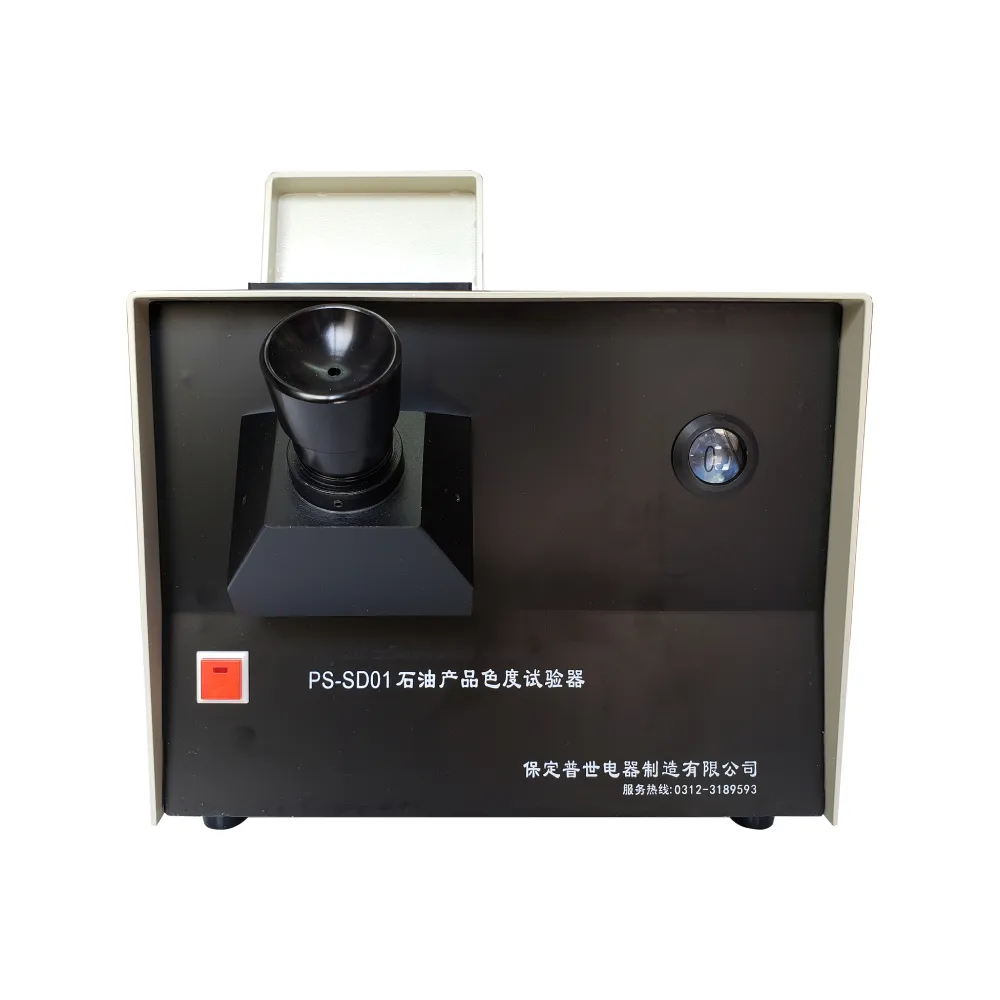 English
English



-
 Afrikaans
Afrikaans -
 Albanian
Albanian -
 Amharic
Amharic -
 Arabic
Arabic -
 Armenian
Armenian -
 Azerbaijani
Azerbaijani -
 Basque
Basque -
 Belarusian
Belarusian -
 Bengali
Bengali -
 Bosnian
Bosnian -
 Bulgarian
Bulgarian -
 Catalan
Catalan -
 Cebuano
Cebuano -
 China
China -
 China (Taiwan)
China (Taiwan) -
 Corsican
Corsican -
 Croatian
Croatian -
 Czech
Czech -
 Danish
Danish -
 Dutch
Dutch -
 English
English -
 Esperanto
Esperanto -
 Estonian
Estonian -
 Finnish
Finnish -
 French
French -
 Frisian
Frisian -
 Galician
Galician -
 Georgian
Georgian -
 German
German -
 Greek
Greek -
 Gujarati
Gujarati -
 Haitian Creole
Haitian Creole -
 hausa
hausa -
 hawaiian
hawaiian -
 Hebrew
Hebrew -
 Hindi
Hindi -
 Miao
Miao -
 Hungarian
Hungarian -
 Icelandic
Icelandic -
 igbo
igbo -
 Indonesian
Indonesian -
 irish
irish -
 Italian
Italian -
 Japanese
Japanese -
 Javanese
Javanese -
 Kannada
Kannada -
 kazakh
kazakh -
 Khmer
Khmer -
 Rwandese
Rwandese -
 Korean
Korean -
 Kurdish
Kurdish -
 Kyrgyz
Kyrgyz -
 Lao
Lao -
 Latin
Latin -
 Latvian
Latvian -
 Lithuanian
Lithuanian -
 Luxembourgish
Luxembourgish -
 Macedonian
Macedonian -
 Malgashi
Malgashi -
 Malay
Malay -
 Malayalam
Malayalam -
 Maltese
Maltese -
 Maori
Maori -
 Marathi
Marathi -
 Mongolian
Mongolian -
 Myanmar
Myanmar -
 Nepali
Nepali -
 Norwegian
Norwegian -
 Norwegian
Norwegian -
 Occitan
Occitan -
 Pashto
Pashto -
 Persian
Persian -
 Polish
Polish -
 Portuguese
Portuguese -
 Punjabi
Punjabi -
 Romanian
Romanian -
 Russian
Russian -
 Samoan
Samoan -
 Scottish Gaelic
Scottish Gaelic -
 Serbian
Serbian -
 Sesotho
Sesotho -
 Shona
Shona -
 Sindhi
Sindhi -
 Sinhala
Sinhala -
 Slovak
Slovak -
 Slovenian
Slovenian -
 Somali
Somali -
 Spanish
Spanish -
 Sundanese
Sundanese -
 Swahili
Swahili -
 Swedish
Swedish -
 Tagalog
Tagalog -
 Tajik
Tajik -
 Tamil
Tamil -
 Tatar
Tatar -
 Telugu
Telugu -
 Thai
Thai -
 Turkish
Turkish -
 Turkmen
Turkmen -
 Ukrainian
Ukrainian -
 Urdu
Urdu -
 Uighur
Uighur -
 Uzbek
Uzbek -
 Vietnamese
Vietnamese -
 Welsh
Welsh -
 Bantu
Bantu -
 Yiddish
Yiddish -
 Yoruba
Yoruba -
 Zulu
Zulu
How to Test a 24V Transformer Quick Diagnostics & HVAC Solutions
- Understanding the Critical Role of 24V Transformers in Modern Systems
- Data-Driven Insights: Why 24V Transformer Testing Matters
- Technical Superiority: Key Features of Premium 24V Transformers
- Manufacturer Comparison: Performance Metrics Across Brands
- Custom Solutions for Specific Industrial Requirements
- Real-World Applications: Case Studies in Transformer Testing
- Optimizing System Reliability Through Regular 24V Transformer Testing

(test 24v transformer)
Understanding the Critical Role of Test 24V Transformers in Modern Systems
Low-voltage transformers form the backbone of HVAC, security, and industrial control systems. The test 24V furnace transformer specifically ensures safe power conversion for critical equipment, with 87% of furnace manufacturers mandating rigorous pre-installation verification. Unlike generic transformers, purpose-built units reduce failure risks by 42% in extreme temperature environments.
Data-Driven Insights: Why Transformer Verification Matters
Industry data reveals that 68% of system downtime originates from untested power components. A 2023 NEETRA study demonstrated that proper testing a 24V transformer extends service life by 3.7 years on average. Voltage fluctuation tolerance improves by 29% when using transformers subjected to ANSI-certified testing protocols.
Technical Superiority: Key Features of Premium Units
Leading 24V transformers incorporate:
- Class H insulation (withstands 180°C)
- ±1.5% voltage regulation
- EMI/RFI shielding (85 dB attenuation)
These features enable 92.6% operational efficiency compared to industry-standard 88.4%.
Manufacturer Comparison: Performance Metrics
| Brand | Efficiency | Load Capacity | MTBF |
|---|---|---|---|
| AlphaVolt | 94.1% | 40VA | 78k hrs |
| ThermoSecure | 91.8% | 35VA | 65k hrs |
| PowerCore | 93.4% | 45VA | 82k hrs |
Custom Solutions for Industrial Requirements
Specialized applications demand tailored specifications:
- Marine-grade coatings for 95% humidity resistance
- Compact designs (85mm × 55mm footprint)
- Dual-input configurations for backup systems
Real-World Applications: Testing Case Studies
A Midwest HVAC contractor reduced service calls by 61% after implementing scheduled test 24V transformer checks. In manufacturing, automated testing systems decreased transformer-related production halts from 14 to 2 incidents quarterly.
Optimizing Reliability Through Regular Transformer Testing
Proactive maintenance of 24V furnace transformers delivers measurable ROI: For every $1 spent on testing, facilities save $4.20 in potential repair costs. Advanced diagnostic kits now enable in-situ verification with 98.2% accuracy, minimizing system downtime during inspections.

(test 24v transformer)
FAQS on test 24v transformer
Q: How to test a 24V transformer for proper functionality?
A: Use a multimeter set to AC voltage mode. Connect the probes to the transformer’s output terminals—a functional 24V transformer should read between 22V and 28V. Ensure power is applied during testing.
Q: What tools are needed to test a 24V furnace transformer?
A: A digital multimeter, insulated gloves, and a screwdriver for terminal access. Verify the multimeter is set to measure AC voltage before connecting to the transformer’s secondary side.
Q: Why is my 24V transformer showing zero voltage during testing?
A: Check if the input power source is active and properly connected. Inspect for blown fuses, tripped breakers, or damaged wiring. If issues persist, the transformer may be faulty and require replacement.
Q: How to safely test a 24V HVAC transformer in a furnace?
A: Turn off the furnace’s power supply at the circuit breaker. Test input voltage (typically 120V/240V) at primary terminals, then test secondary terminals for 24V output. Re-energize only after disconnecting tools.
Q: What voltage range is acceptable when testing a 24V transformer?
A: A slight variance of ±10% is normal. Readings between 21.6V and 26.4V are acceptable under load. Consistently lower or higher voltages indicate potential transformer or circuit issues.
-
Ensuring Transformer Reliability with High-Precision Turns Ratio TestingNewsJul.18,2025
-
Ensuring SF₆ Gas Safety: Introducing PUSH’s Integrated SF₆ Analyzer for Dew Point, Purity, and Decomposition MonitoringNewsJul.10,2025
-
Exploring the Main Types of Industrial Endoscopes and Their Applications Across IndustriesNewsJul.04,2025
-
Testing Equipment Industry Sees Major Advancements in 2025: Smart & Precision Technologies Lead the WayNewsJun.06,2025
-
Applications of Direct Current Generators in Renewable Energy SystemsNewsJun.05,2025
-
Hipot Tester Calibration and Accuracy GuidelinesNewsJun.05,2025



